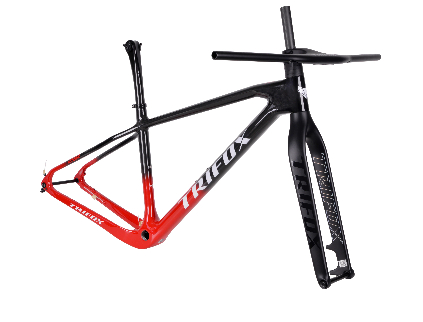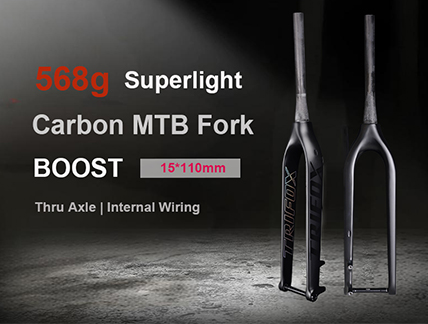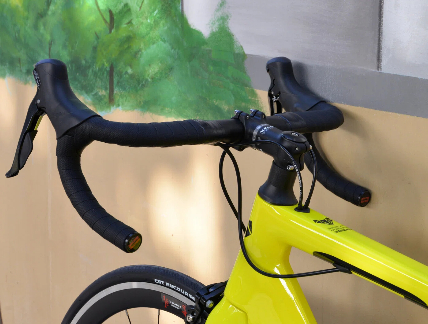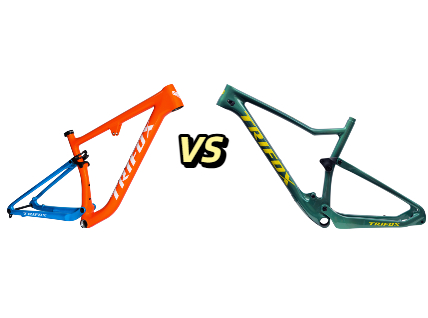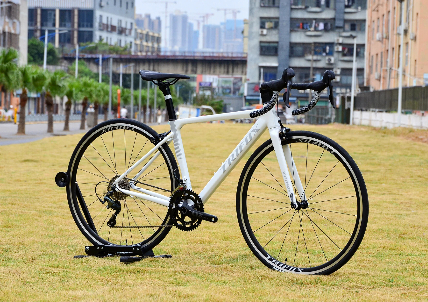The fork is one of the most critical components of a road bike, affecting everything from handling to comfort. A rigid carbon fork can significantly enhance your ride by improving maneuverability and reducing weight.
Understanding Rigid Carbon Road Bike Forks
A rigid carbon road bike fork provides several advantages over its steel or aluminum counterparts. Being lightweight and stiff yet shock-absorbent, it offers a smoother ride and better control. Trifox offers a variety of high-quality, performance-oriented rigid forks that cater to different riding needs.
Step 1: Choosing the Right Fork
When selecting a rigid carbon fork, consider the following factors:
- Steerer Tube Diameter: Ensure the fork's steerer tube diameter matches your bike's headset.
- Axle-to-Crown Length: This affects the bike's handling. A longer length raises the front end, resulting in more relaxed steering, while a shorter length lowers it, making steering quicker.
- Rake or Offset: This is the distance between the steering axis and the wheel's center. More rake results in slower steering but more stability, while less rake makes steering faster but less stable.
Step 2: Removing the Old Fork
Before removing the old fork, make sure your bike is securely mounted on a bike stand. Loosen and remove the bolts securing the stem to the steerer tube, then carefully slide the stem off the tube. Remove the spacers, bearings, and finally, the fork itself.
Step 3: Installing the New Fork
Slide the new fork into the head tube, ensuring the bearings and spacers are correctly positioned. Then, slide the stem onto the steerer tube and loosely tighten the bolts. Make sure the stem and front wheel are aligned before fully tightening the bolts.
Step 4: Cutting the Steerer Tube
If necessary, you may need to cut the steerer tube to the correct length. Mark the desired length, then use a hacksaw to make the cut. Ensure the cut is straight and smooth to avoid damaging the headset.
Step 5: Securing the Fork
Once the steerer tube is the right length, reassemble the headset and secure the stem. Install the top cap and adjust the preload on the bearings before finally tightening the stem bolts.
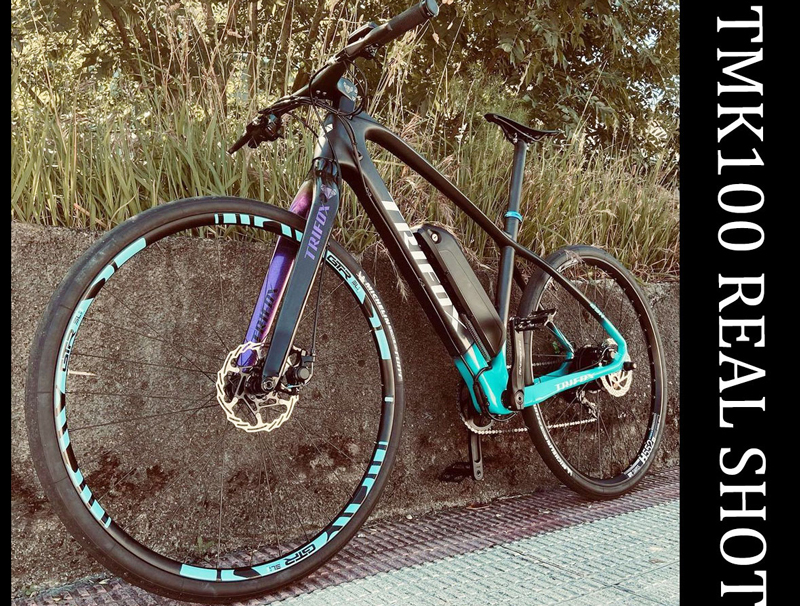
Conclusion
Choosing and installing a rigid carbon road bike fork might seem daunting, but with careful consideration and the right tools, it's a task you can accomplish. A well-chosen and correctly installed fork can significantly improve your riding experience. Remember, safety is paramount; if you're unsure about any steps, consider seeking professional help.































































